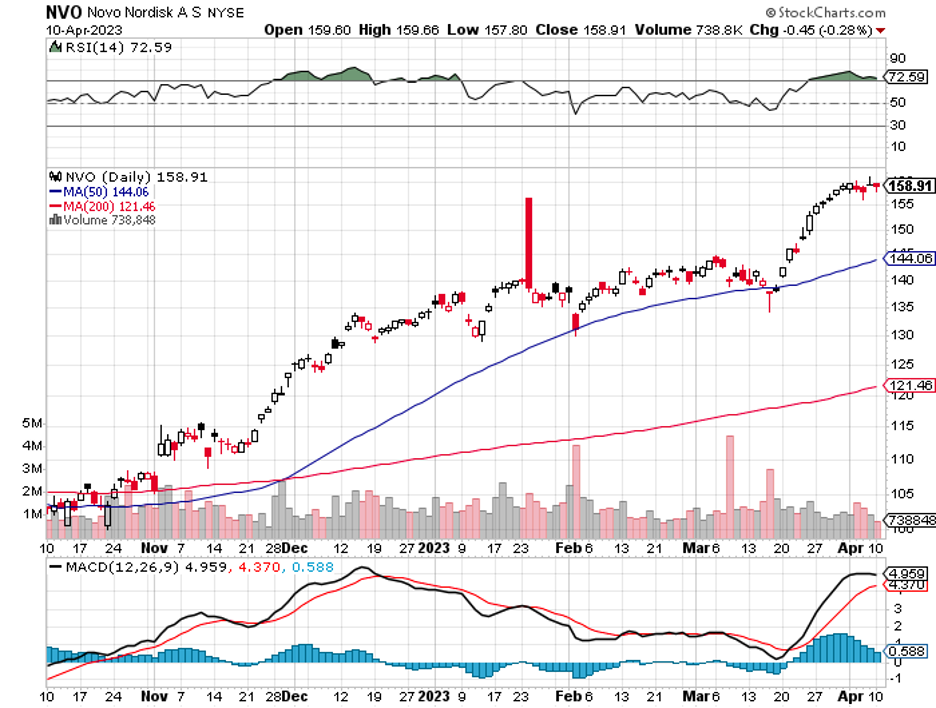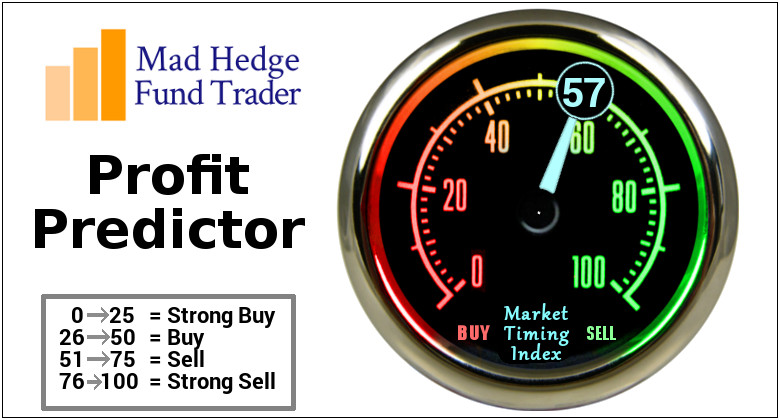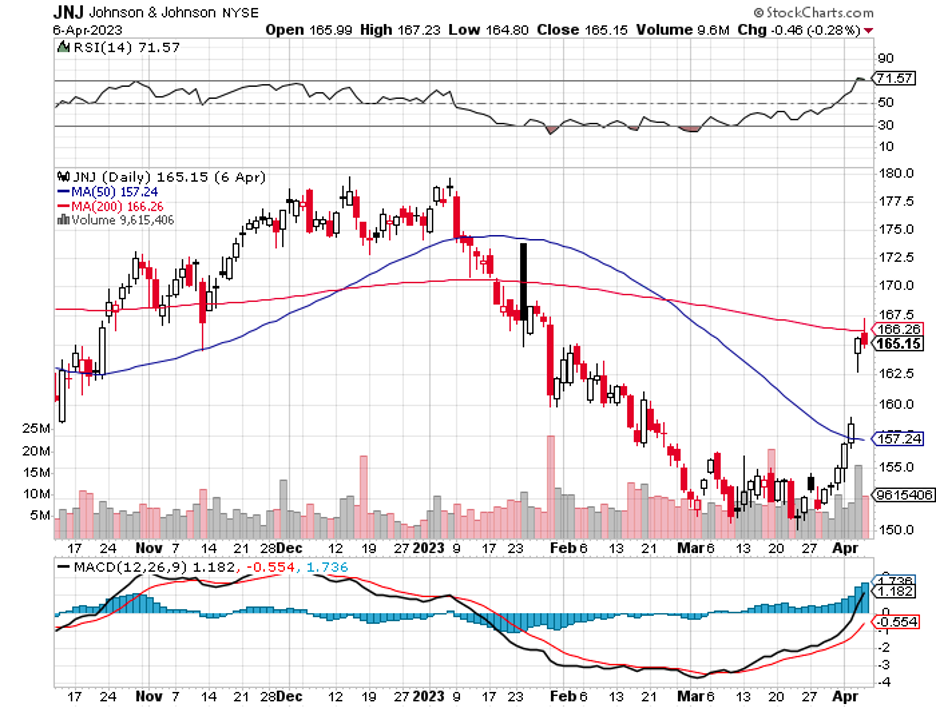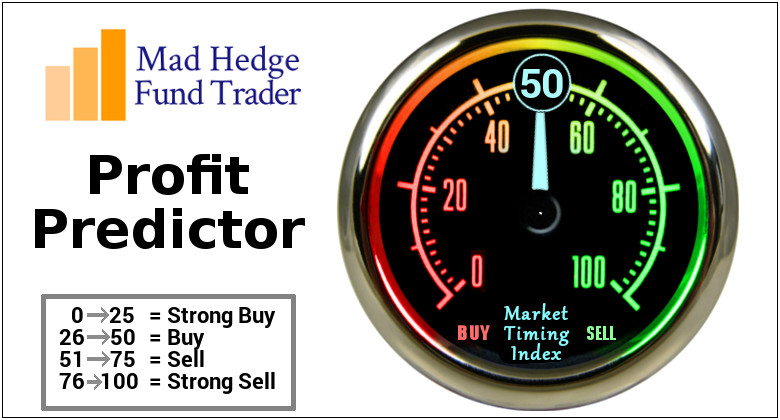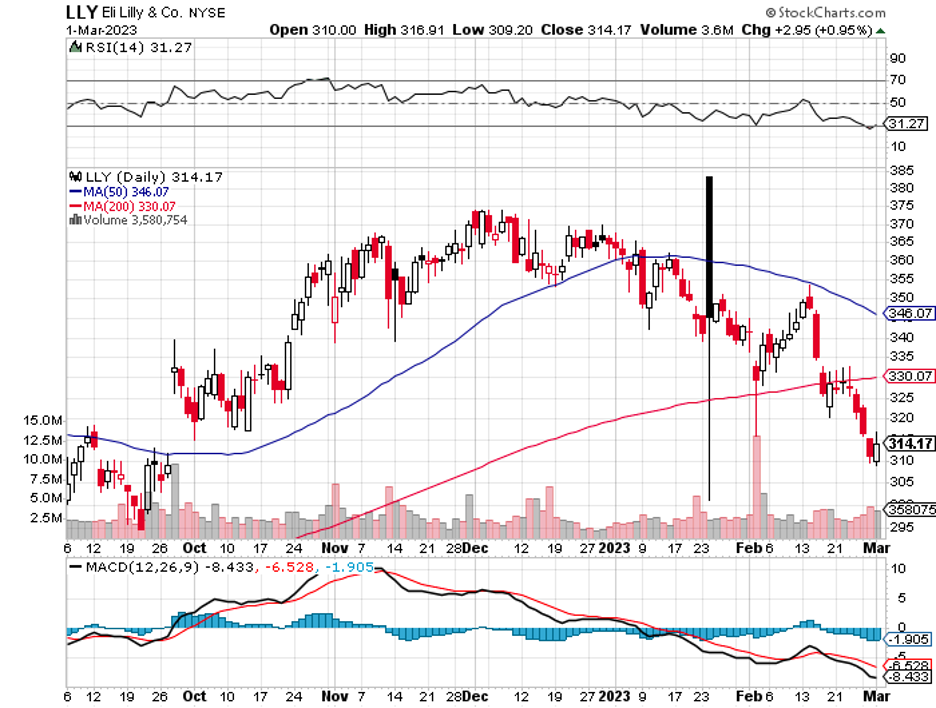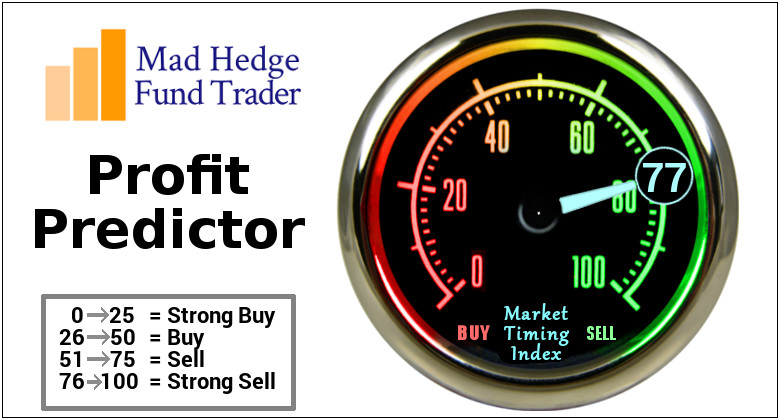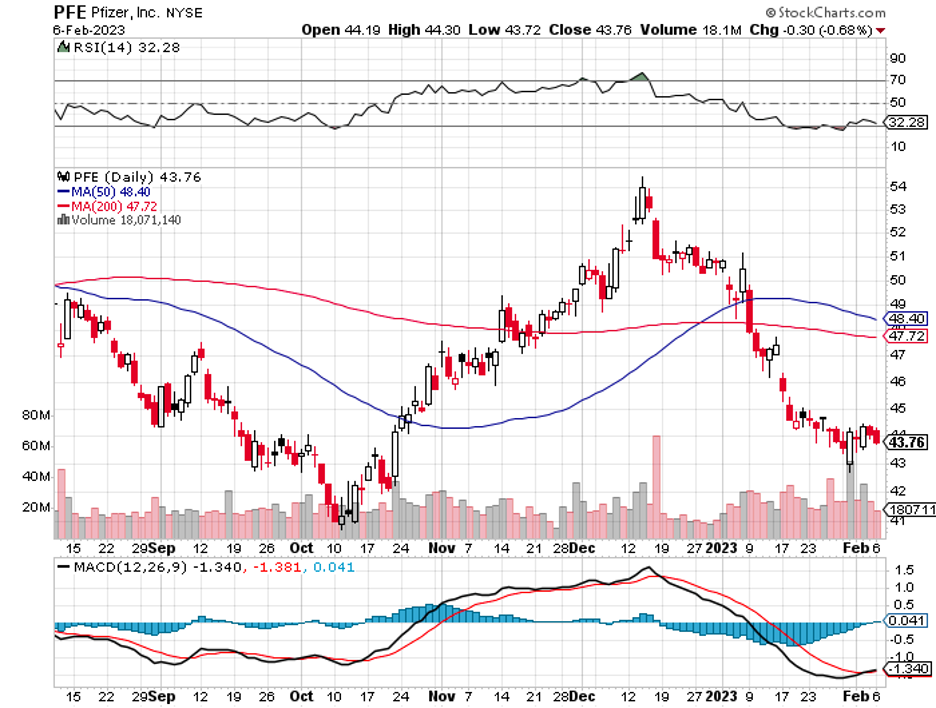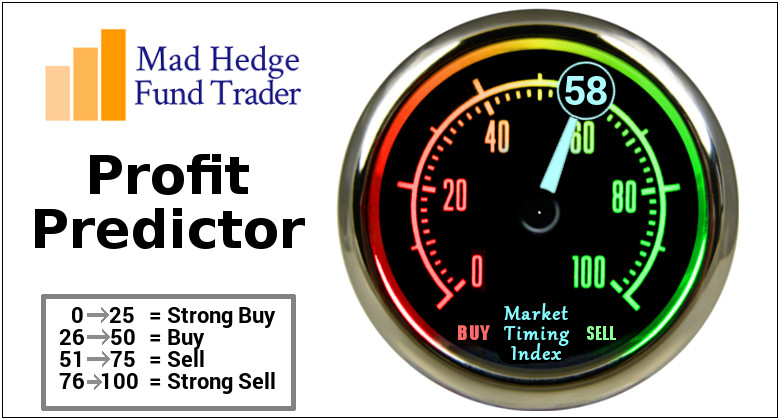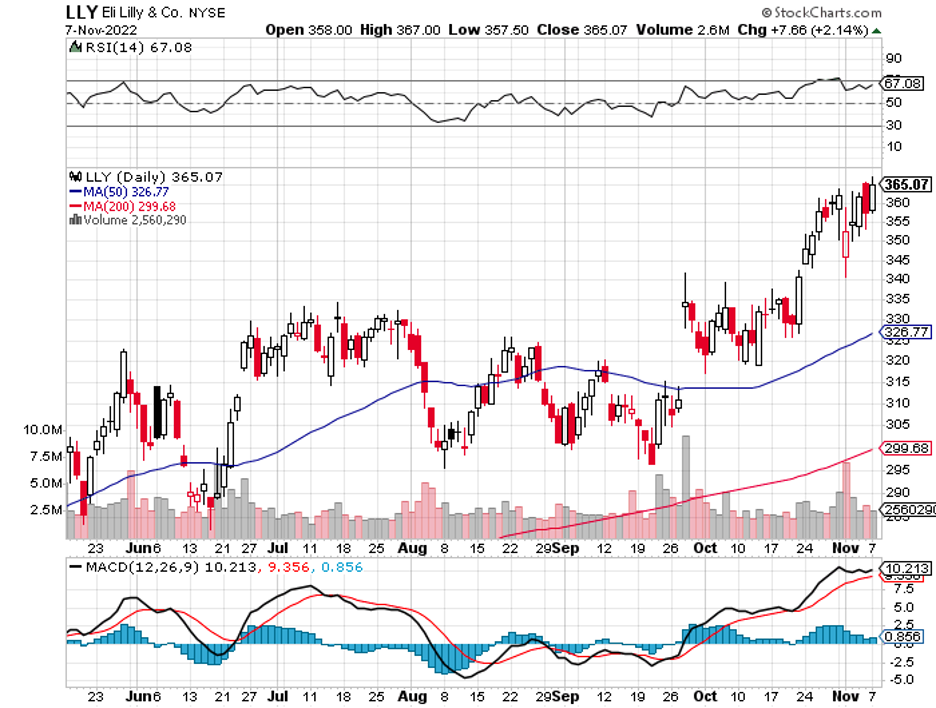Even in the toughest of times, some stalwart companies manage to maintain their footing and keep making strides. Novo Nordisk (NVO) has taken this feat to heart by continuing its success despite facing numerous market speed bumps—making it one resilient company worth considering.
Novo Nordisk, a veteran player in the pharmaceutical industry, has been consistently delivering impressive financial results. In 2022, the company's net sales increased by a remarkable 26% year over year, amounting to approximately $25.5 billion. However, it's worth noting that currency exchange rate fluctuations may have played a role in this growth.
The company continues to showcase impressive financial performance, with net sales surging by 26% to $25.5 billion in 2022. Even after accounting for currency exchange rate fluctuations, the pharmaceutical company's revenue still jumped by a commendable 16%. Additionally, Novo Nordisk's net profit increased by 16% to $8 billion, solidifying its position as a top-performing player in the industry.
Moreover, Novo Nordisk remains a prominent contender in the diabetes drug arena, capturing almost a third of the market share as of November 2022.
Novo Nordisk's market dominance in diabetes drugs owes much to its portfolio of effective and innovative products like Rybelsus, Ozempic, and the recently approved Wegovy. This dynamic trio has been instrumental in driving the company's sales growth and maintaining its edge in the competitive pharmaceutical industry.
Ozempic has been a critical player in Novo Nordisk's revenue stream, bringing in over a third of the company's total revenue at just under $8.9 billion last year.
Novo Nordisk's market exclusivity for Rybelsus and Ozempic remains intact, giving the Danish pharmaceutical company a few more years to maximize its potential.
Both drugs are injected weekly and heavily marketed in the U.S. With patent expirations in China in 2026, followed by Europe and Japan in 2031, and the U.S. in 2032, Novo Nordisk is likely to maintain its strong position for a while yet.
As for Wegovy, the newcomer in the obesity care market contributed just 3% of the company's total revenue, with $930 million in sales for 2022. However, with its recent approval for chronic weight management by the FDA and in the UK, the potential for growth and expansion is promising.
In its 2022 annual report, Novo Nordisk announced that it controls over half the global market for GLP-1 drugs, with a market share of 54.9% in 2022, up from 52.7% in 2021. Its primary competitors include Eli Lilly's (LLY) Trulicity and Sanofi-Aventis's (SNY) Adlyxin, which exited the U.S. market at the end of 2022.
Overall, the international diabetes market seems to favor Novo Nordisk, with its market share rising from 29.3% to 31.9% from 2020 to 2022.
The company is projected to continue its success, with sales and operating profits expected to increase in the 13% to 19% range at CER in 2023, according to its annual report. Analysts' average estimate of $30.1 billion in 2023 revenues aligns with this projection, representing a 16.7% increase at CER.
Leveraging this dominance, the company is further strengthening its position in the diabetes market, a disease affecting over 415 million people worldwide, and the numbers continue to grow. According to the Centers for Disease Control and Prevention, there will be over 500 million patients by 2040.
For instance, its recent announcement of the positive results of its Phase 3b Pioneer Plus clinical trial of Rybelsus is a further testament to its ability to innovate and stay ahead in the diabetes treatment arena. The trial showed a statistically significant reduction in blood sugar levels, indicating the potential for a more intense treatment option for type 2 diabetes patients.
Meanwhile, Obesity, a major risk factor for diabetes and other health problems, also presents a significant market opportunity for Novo Nordisk.
In fact, the company's revenue from these treatments doubled in the previous year, propelling its overall sales to an upward trajectory for the past half-decade.
Needless to say, Novo Nordisk is showing no signs of slowing down, and its strong position in the diabetes and obesity treatment market is poised to fuel its growth for the foreseeable future. I suggest you buy the dip.

